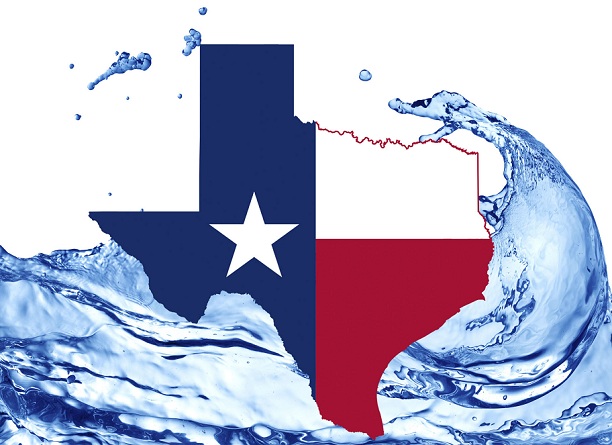Mary Tiger is the Chief Operating Officer of the Environmental Finance Center.
How would you like to get a check from your water utility instead of sending them one? This blog has included a few pricing alternatives that would better align a water utility’s objectives of full-cost pricing and conservation incentives. The PeakSet Base Model and the CustomerSelect Model are both comprehensive rate structures and pricing models. This blog post will discuss a slightly different approach; the WaterWise Dividend Model serves as a supplement to a utility’s pricing model rather than a stand-alone structure. It could really be implemented alongside any pricing model.











